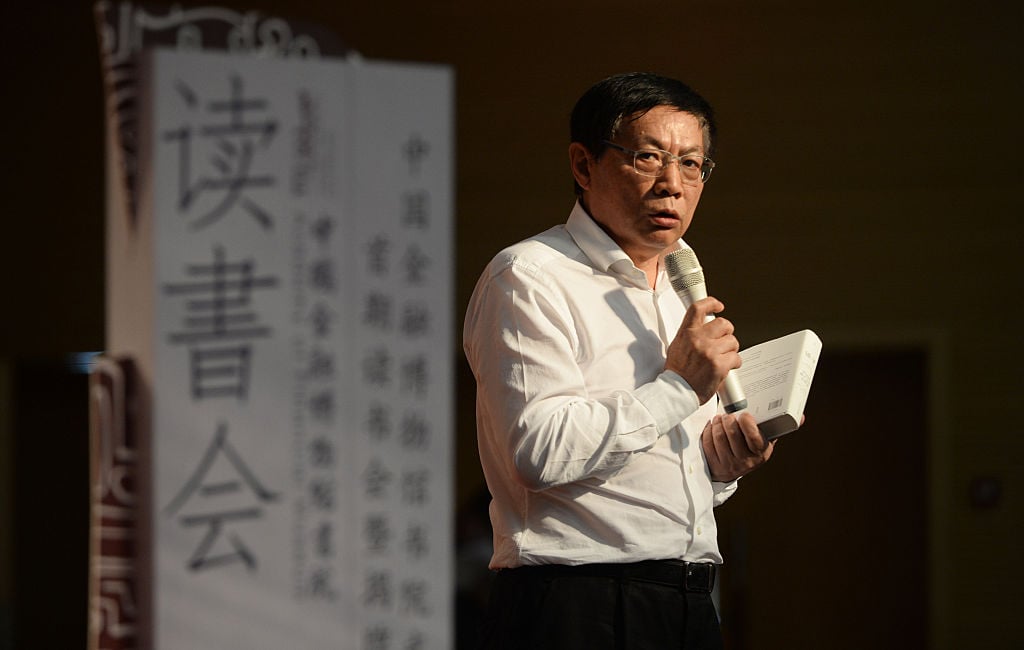
Ren Zhiqiang, a Beijing-based real estate tycoon and vocal critic of his country’s government, has been missing since March 12, stoking widespread speculation that he was silenced by China’s government.
One of the last things he did before disappearing was debut a performance artwork that critiqued the country’s authoritarian censorship policies.
Ren, 69, rose to prominence in the late 1980s and early ’90s working for, and eventually running, a real estate investment company. His success in the field and outspoken nature has drawn him numerous comparisons with Donald Trump, and earned him the nickname “the Cannon.”
Though he is a well-connected member of the Communist Party, Ren frequently made headlines for his public critiques of the government under Chinese President Xi Jinping.
In 2016, after Ren criticized Xi in a Weibo blog post, his social media accounts were closed and he was placed on a one-year party probation, leaving open the possibility of his expulsion.
Earlier this year, responding to a February 23 speech given by Xi, Ren wrote: “I saw not an emperor standing there exhibiting his ‘new clothes,’ but a clown who stripped naked and insisted on continuing being emperor.”
Chinese President Xi Jinping chairs a teleconference and on the coronavirus pandemic in Wuhan on March 10, 2020. Photo: Ju Peng/Xinhua via Getty Images.
“Despite holding a series of loincloths up in an attempt to cover the reality of your nakedness,” he continued, “you don’t in the slightest hide your resolute ambition to be an emperor, or the determination to let anyone who won’t let you be destroyed.”
Earlier this month, Ren circulated a scathing essay in which he castigated the Chinese government’s handling of the coronavirus pandemic and again called Xi a power-hungry “clown.” Weeks later, his friends reported him missing, and no one has heard from him since.
Last December, Ren, who has picked up art since his retirement, opened an exhibition of his wooden sculptures and wall reliefs at a venue in Beijing’s 798 Art Center. For the opening, he holed himself up inside a cramped workspace in the gallery, letting visitors watch him through a small window.
The idea, he told friends at the time, was to demonstrate how the government’s infringement had left him isolated from the rest of the world, according to the New York Times.
Elsewhere in the gallery, Ren’s wooden sculptures sat atop acrylic plinths and each one depicted an abstracted landscape. Ren said the scenes were culled from his dreams and signified how humankind had shaped the environment.